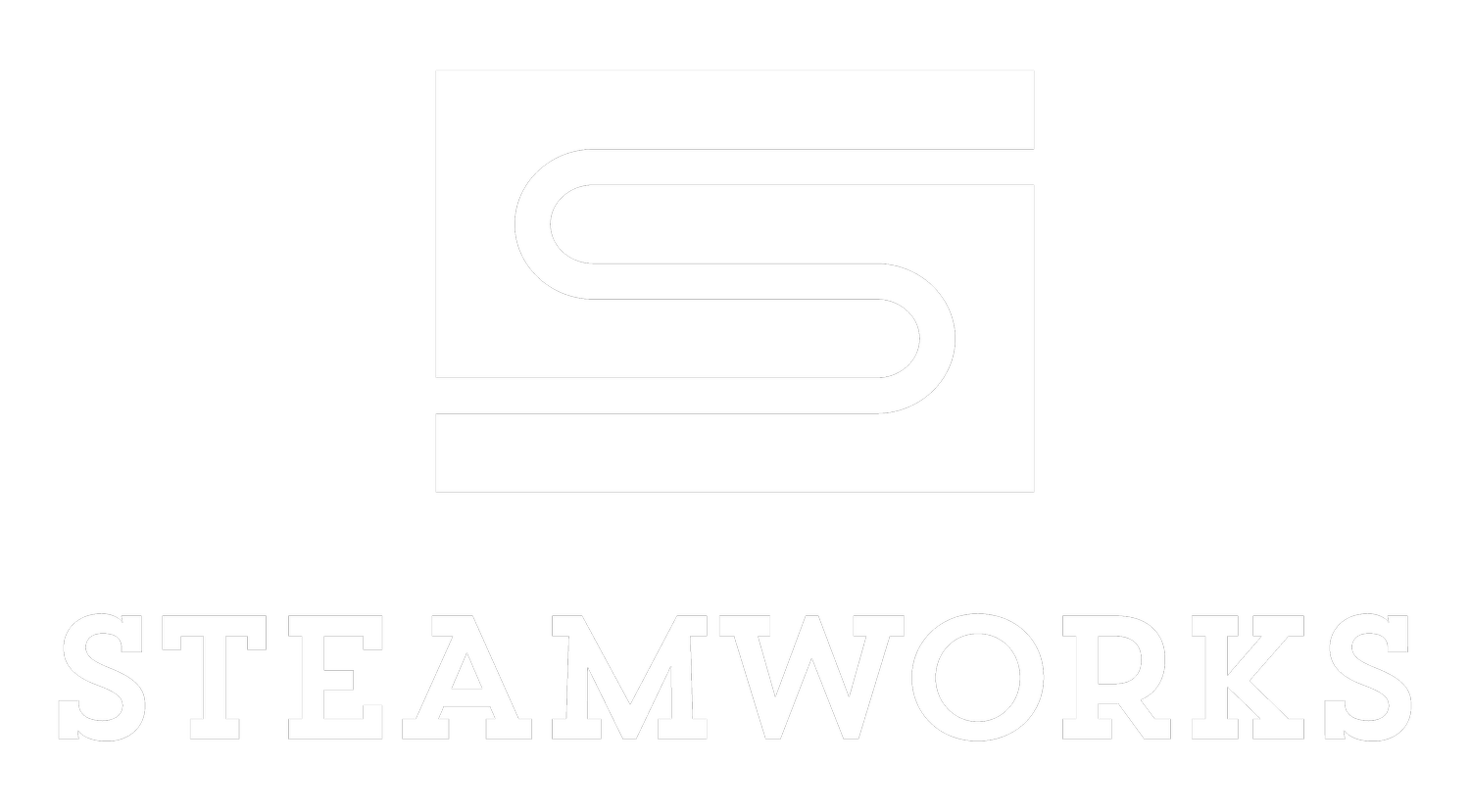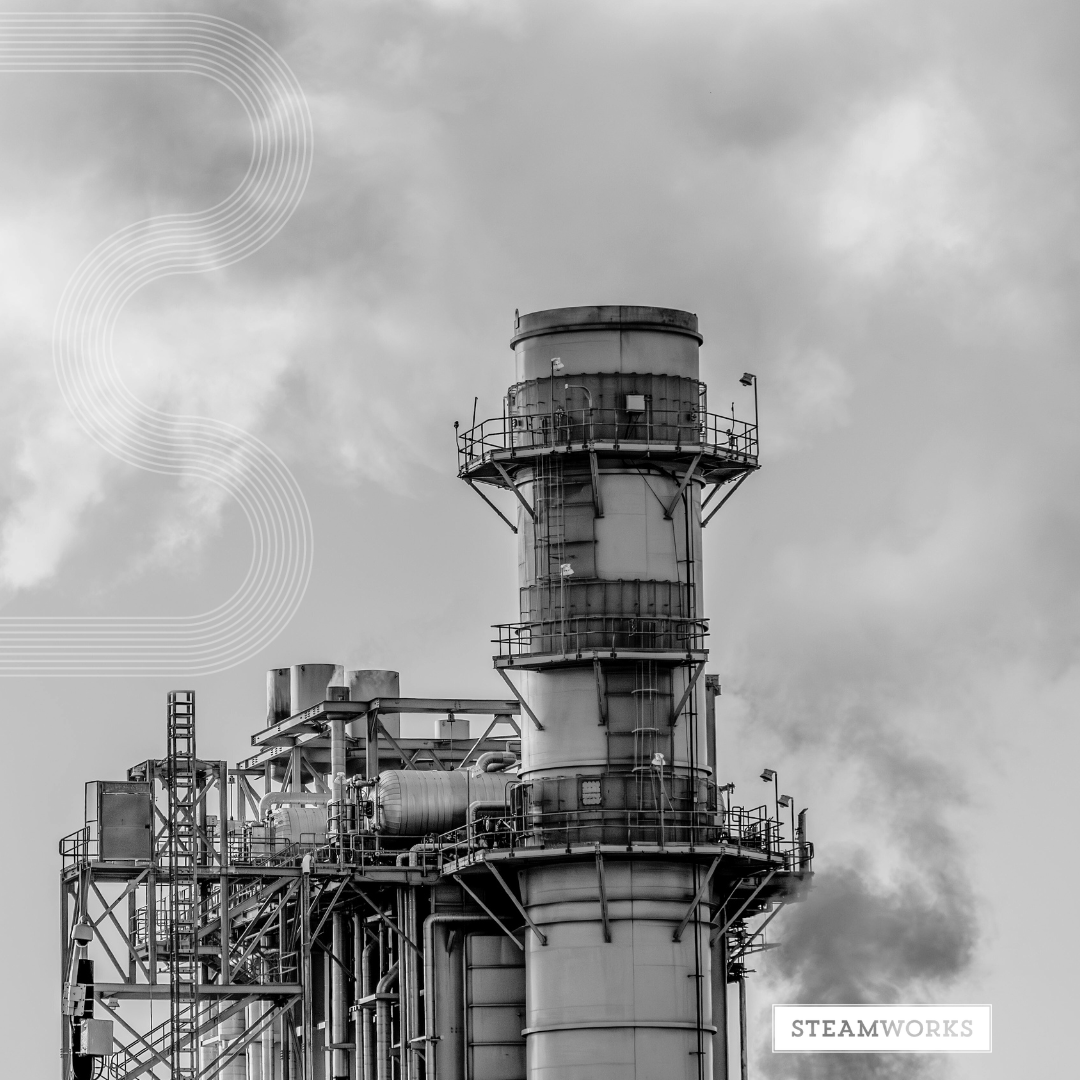6 Ways Energy Fluctuations Impact Steam Systems
An increase in energy demand in a manufacturing environment can have a significant impact on the operation of an industrial steam boiler. Here's how:
1. Increased Steam Load Demand 🔥
Effect on Boiler Firing Rate: As energy (steam) demand increases, the boiler must operate at a higher firing rate to produce more steam. This often pushes the burner closer to its maximum capacity, increasing fuel consumption and wear on components.
Boiler Cycling or Continuous Operation: If the load fluctuates frequently, the boiler may begin short cycling (frequent on/off cycles), which reduces efficiency and accelerates component fatigue. Alternatively, it may be forced to run continuously at high fire, leading to thermal stress.
2. Feedwater and Condensate Return Impact 🧊
Feedwater Flow Increases: Higher steam output requires more feedwater input, increasing the demand on feedwater pumps and treatment systems.
Condensate Return Strain: The return system may also be strained by the increased volume and velocity, potentially leading to flooding, water hammer, or ineffective heat recovery if the system is undersized.
3. System Stress and Maintenance Load ⚙️
Accelerated Wear & Tear: Higher operational loads mean more stress on tubes, burners, pumps, and control valves. Maintenance schedules may need to be accelerated, and the chance of unexpected failure increases.
Instrumentation Drift: Sensors, pressure controllers, and flame detectors may be more prone to drift or failure under continuous high-demand operation.
4. Risk of Overpressure or Low-Water Conditions 🌡️
Safety Risks: If the boiler is undersized or poorly managed, it may struggle to meet demand safely, increasing the risk of overpressure, low-water cutouts, or thermal shock—any of which can trigger shutdowns or serious failures.
5. Efficiency Losses 📉
Lower Efficiency at High Load Extremes: Many boilers are most efficient at 60–80% of their rated capacity. Operating consistently above this range can reduce thermal efficiency, leading to increased fuel cost per pound of steam.
Blowdown Frequency Increases: Higher load means faster buildup of total dissolved solids (TDS), requiring more frequent blowdowns—which waste energy and water if not managed correctly.
6. Controls and Backup Readiness 🧩
Control System Stress: Higher demand can challenge the boiler control system’s ability to modulate steam output smoothly. Without modern controls (O2 trim, VSDs, etc.), this can lead to instability.
Backup Boiler Readiness: Demand surges often highlight whether the plant has sufficient redundancy. If backup boilers are offline or slow to start, production risks increase.
✅ Summary
Increased energy demand requires a well-maintained, properly sized, and efficiently operated boiler system. Without adequate preparation, the effects can range from higher fuel costs and inefficiency to catastrophic failure and downtime.
Reach out if you have questions about this article or if you’d like to know more about Steamworks training, consulting, or boiler operator staffing.
This and much more is covered in a Steamworks license exam preparation and training course. Arm your team with the tools they need to ensure safe, efficient, and reliable valves.
STEAMWORKS offers standard and custom training. Contact us today!

